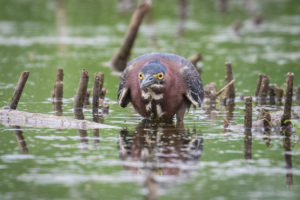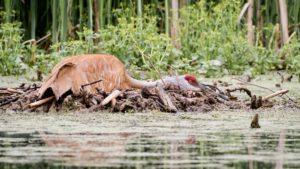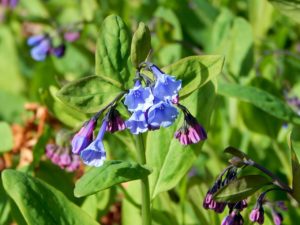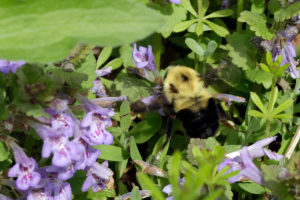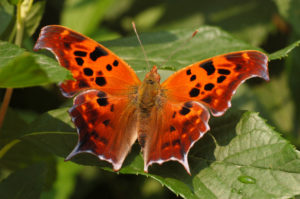by Nancy Nabak, Communications Coordinator
William Shakespeare said, “One touch of nature makes the whole world kin.” Well, last night Jim Knickelbine, Executive Director of Woodland Dunes, and his wife Sue, plus six staff members and hundreds of other local conservation-minded people became just that – kin. All were at the 21st annual Manitowoc County Conservationists Hall of Fame Banquet to honors those who have done exceptional things in the name of conservation in Manitowoc County.
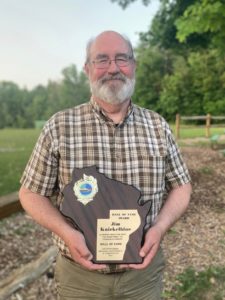 Jim Knickelbine, our Jim, was inducted into the Hall of Fame and we are so proud of him. And because of his works, we now have a larger extended family.
Jim Knickelbine, our Jim, was inducted into the Hall of Fame and we are so proud of him. And because of his works, we now have a larger extended family.
Jim was nominated by Tom Kocourek and the Northeastern Wisconsin Great Lakes Sport Fishermen organization for his years of dedication to conservation through his personal efforts and professional leadership at Woodland Dunes.
Here’s a little background on our bird-banding, flannel-wearing Jim. He first came to Woodland Dunes when he was running a soil consulting business. That’s when he met Bernie Brouchoud, director at the time. He liked what Bernie was doing and what was happening here so he began volunteering. In 1993, he joined the staff as a part-time naturalist then became Assistant Director in 2003. In 2004, he was hired as the full-time Executive Director.
His years as director have been spent living out his passion and managing a two-part mission: conservation of our natural resources and educating the public about their value. Yep, he’s also a licensed bird bander and loves any time he gets the opportunity to do so. He also participates in and coordinates a number of wildlife surveys each year. Even though he’s an equal opportunity nature lover, I think he enjoys the bird surveys the best.
Jim has shared his talents with others by serving on Boards for the Wisconsin Society for Ornithology, Wisconsin Bird Conservation Initiative, and Conservation Education, Inc. And truly, he’s made a difference. Prior to last night’s induction, he’s received awards from the Izaak Walton League, Lakeshore Natural Resource Partnership, Wisconsin Society for Ornithology, and UW-Manitowoc.
During Jim’s tenure at Woodland Dunes, the Preserve has grown to more than 1,500 acres, over 15,000 trees have been planted to negate the effects of the emerald ash borer, and a beautiful addition to the nature center was added with a price tag of nearly two million dollars. In keeping with Bernie’s desire to educate children, Jim has continued to emphasize grade school education programs and to date, over 170,000 children have been a part of Woodland Dunes’ instruction.
Congratulations, Jim! Well done and well deserved!
Photo by Nancy Nabak

